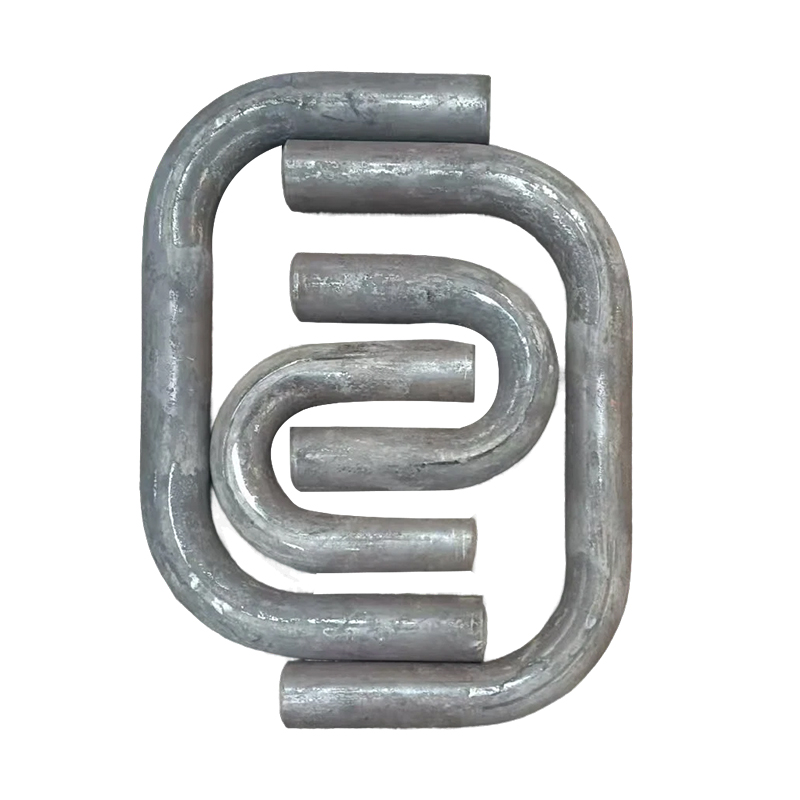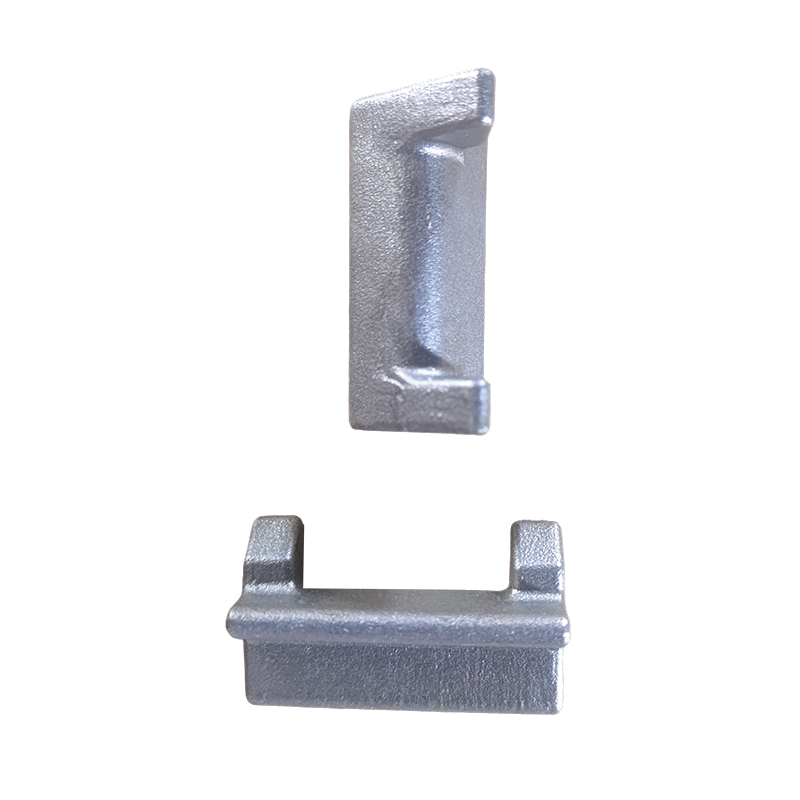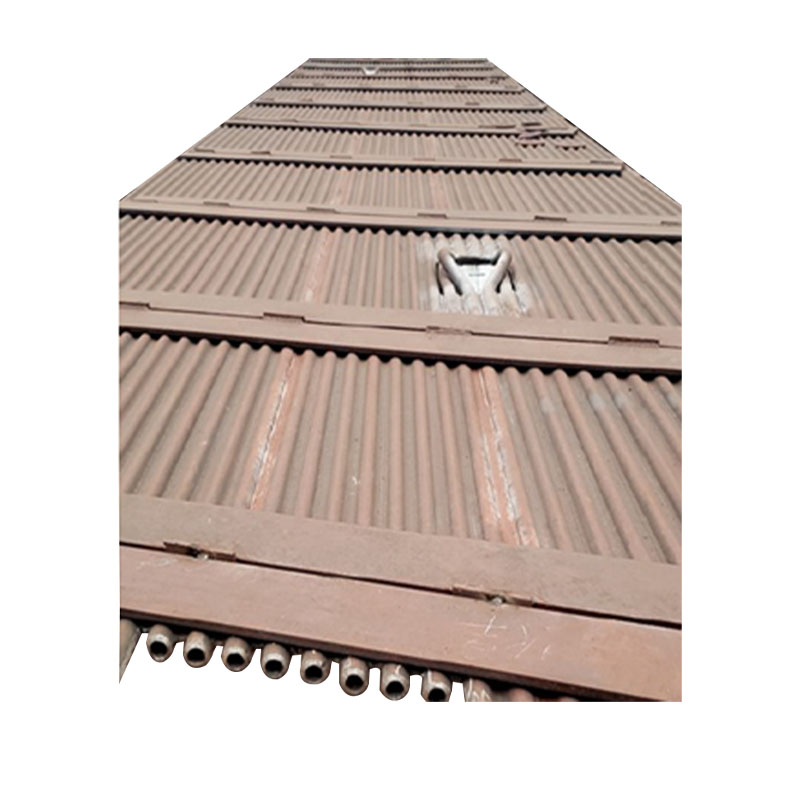How to achieve the energy-saving effect of boiler evaporator module products?
Release Time : 2025-06-10
To achieve the energy-saving effect of boiler evaporator module products, it is necessary to carry out systematic optimization design from multiple links, and integrate the energy-saving concept into the core structure and operation logic of the product. First of all, in terms of improving the heat exchange efficiency, by optimizing the heat transfer area and structural design of the evaporator module, the heat exchange between the heat source and the medium can be more sufficient. For example, by using efficient heat transfer pipes and reasonably arranging the spacing and flow direction of the tube rows, the heat can be transferred quickly and evenly, reducing heat loss, so that every bit of heat can be absorbed and utilized by the medium to the maximum extent, fundamentally improving the energy conversion efficiency.
Energy recycling in the evaporation process is an important way to achieve energy saving. Boiler evaporator module products can collect and process the condensed water generated in the evaporation process through the design of a reasonable steam condensate recovery system, so that it can be returned to the system as feed water. These condensed waters themselves carry a certain amount of heat. Recycling not only reduces the heating energy consumption of the new feed water, but also reduces the waste of water resources, allowing energy to form a virtuous cycle within the system and avoiding the loss of energy with the discharge of condensed water.
Reasonable matching and regulation of heat sources have a significant impact on energy-saving effects. According to the actual operation requirements of boiler evaporator module products, the power and output characteristics of the heat source are accurately matched to avoid energy waste caused by excessive or too small heat sources. At the same time, it is equipped with an intelligent temperature control system, which can automatically adjust the input of the heat source according to the changes in the evaporation load. On the premise of meeting the evaporation requirements, it avoids the excess energy consumption caused by the continuous full-load operation of the heat source, so that the heat source output and the evaporation process are always kept in an efficient and energy-saving matching state.
Reducing heat loss during system operation is a key link in energy saving. The shell and pipeline of boiler evaporator module products are efficiently insulated, and materials with low thermal conductivity and good thermal insulation performance are selected to thermally isolate the module body from the external environment to prevent heat from being lost to the outside through the shell. At the same time, optimize the layout and direction of the pipeline, shorten the flow path of the medium, reduce the heat dissipation area of the pipeline, reduce heat loss from every detail, and keep more heat in the system for the evaporation process, thereby improving energy utilization efficiency.
In-depth development of waste heat from condensed water is also an effective means to achieve energy saving. In addition to simple recycling, the heat in the condensed water can be further extracted by setting up devices such as waste heat exchangers to preheat the medium or other auxiliary systems entering the evaporator module. For example, the waste heat of the condensed water can be used to preliminarily heat the new feed water so that it reaches a certain temperature before entering the evaporator, reducing the energy required for subsequent heating. This deep mining and utilization of waste heat can further improve the energy-saving effect of the system.
The application of intelligent control systems provides technical support for the realization of energy-saving effects. By integrating advanced intelligent control algorithms in boiler evaporator module products, operating parameters such as evaporation temperature, pressure, and flow are monitored in real time, and the operating status of the system is automatically adjusted according to these parameters. When the evaporation demand decreases, the system can automatically reduce the heat source input and adjust the circulation flow to avoid idling of the equipment under high energy consumption; when the demand increases, it can respond quickly, while ensuring the evaporation efficiency and maintaining the optimal state of energy consumption, to achieve dynamic energy-saving operation.
In the overall structural design of the product, through modular integration and optimization, redundant components are reduced and the compactness and synergy of the system are improved. Reasonable layout of each functional unit makes the flow path of the medium in the module smoother and reduces the energy consumption caused by flow resistance. At the same time, high-efficiency and energy-saving auxiliary equipment is selected, such as low-energy circulation pumps and fans. Although the energy consumption optimization of these components may seem small, it can significantly improve the overall energy-saving effect when accumulated in long-term operation, and realize the integration and optimization of energy-saving goals from every component of the system.







